Preparing for your first dressage test
The prospect of a first dressage competition can be nerve wracking to say the least. Most likely, some of those fears may be completely irrational, however it’s still important to make sure you and your horse are fully prepared for the event. Whether it be by finding creative ways to memorise your test, or planning a successful warm up for the day of the show to get your horse going in the nicest way, here are some tips to help you prepare for your first dressage test.
.
Learn your test.
.
Learning your dressage test is arguably the most important part of preparing for the competition, but it can seem at first very daunting. Depending on how far in advance you book the test, you’ll have about 2-4 weeks to memorise the movements before the competition, although this might be less if you enter later! First you’ll need to read through the whole test and highlight anything you don’t know or fully understand. When possible, speak to your instructor to ask any questions you may have about those movements. From then on, you should start trying to learn how the movements fit into the test. It often helps to grab a piece of paper, draw arena letters along the side and trace the test with your finger or a pencil. This’ll help you visualize what you’ll be riding on the day. Research suggests that revising things little and often is the best and easiest way to learn. If you feel the need, practice any sections of the test you find difficult with your horse beforehand and maybe book a lesson with your instructor to iron out any concerns you may still have. You can practice at home with a caller, and then slowly try to remove the prompts from this person one by one until you feel comfortable. Remember, you can have a caller on the day, but this will give you less time to plan your next transition and movement, and it might not always be easy to hear the caller.
.

Pictured: @houligans_legacy looking smart wearing her Milton Breeches
.
You and your horse’s show ring attire
.
Dressage is known for being the smartest discipline in horse riding, but what are you actually required to wear to enter a class? For most classes up to Advanced Medium level you must wear white, beige or cream jodhpurs or breeches and gloves, a white shirt and a tie/stock with a dark coloured or tweed jacket. Rules around horse wear are often more relaxed, the main thing to remember is that you cannot put on boots or bandages on the horses legs. Use a clean, white numnah, however until you reach a higher level, it isn’t necessary to buy a dressage saddle or bridle. Think about your horse’s tack, as some bits might not be dressage legal, such as gags (you can refer to the British Dressage website to see which bits are legal at which level), and remove any bit rings or clips too. There is also guidance on the BD website about saddles and bridles, and this will become more important the higher up the levels you are with your dressage. Points can be deducted for the tack used if it is incorrect, so it’s important to check this out and be prepared.
.

.
Getting ready on the day
.
Make sure you arrive with plenty of time before your test, ideally between one and two hours. Whilst you’re grooming your horse, don’t wear your dressage clothes, as they will get covered in dirt and dust. Some competitors will put their competition jodhpurs or breeches on, and then put some trackpants on top to protect them. The Dexter trackpants would work well for this trick! Try to clean every inch of your pony and brush out their mane, ready to plait. Start plaiting just over an hour before your test, using the golf ball plait (see our previous blog on plaiting) and then put on the saddle pad and saddle, leaving the girth loose. Depending on the timing of your class, you may even benefit from plaiting your horse before you travel to the venue and then using a protective hood to keep them neat and tidy. Get dressed into your show gear and return to your horse, putting on the bridle about 30 minutes before you’re due to start. Then you are ready to head over to the warm up arena.
.
The Warm-Up
.
Warming up your horse is probably the most crucial part of preparing for dressage, as it is vital in getting you and your horse physically and mentally ready for the demands of your test. The most important thing to remember is to not over-exert your horse and keep things simple to keep you feeling confident and calm. It will depend on the level you are competing, but try to practice transitions, especially canter ones and straight lines. We recommend thinking about the first three levels on the scales of training: rhythm, suppleness and contact to achieve a balanced and successful test. It might be a good idea to only do a short amount of work in the canter to not tire yourself out. Of course, you will know your horse best, and your trainer may advise you to warm up in a certain way to get the best out of your horse, which might mean limited canter work if this tends to make your horse get excited, as an example, or to make lots of transitions to get your horse listening to your aids. This is also a good point to speak to the stewards, check if timings are running on time, or late and if there are any checks you need to do beforehand, for example if your hat needs to be checked and tagged to show that it meets a certain safety standard for that competition.

Pictured:
@call.that.eventing looking smart with
Kismet wearing DVR ear bonnet
.
The Test
.
The most important thing to remember is to stay calm and keep reassuring yourself and your horse, as if you are nervous they can pick up on that. Focus on your horse moving underneath you and, if you have one, the voice of the person calling out your test. If not, just keep breathing and focused. When the judge gives the start signal, likely by beeping the car horn, you have 60 seconds to make your way to A and turn down the centre line. Remember to keep a consistent rhythm throughout, and salute once you’ve halted at the end, by dipping your head, holding both reins in your left hand and moving your right hand backwards and down. Give your horse a big pat and remember to be proud of yourself too, it's a huge achievement, and there will always be something to learn from the day. Please share with us any competition pictures you have, and any top tips you would give to someone for dressage competitions!
.

.
Written by Rosa Bayliss
Written by Rosa Bayliss




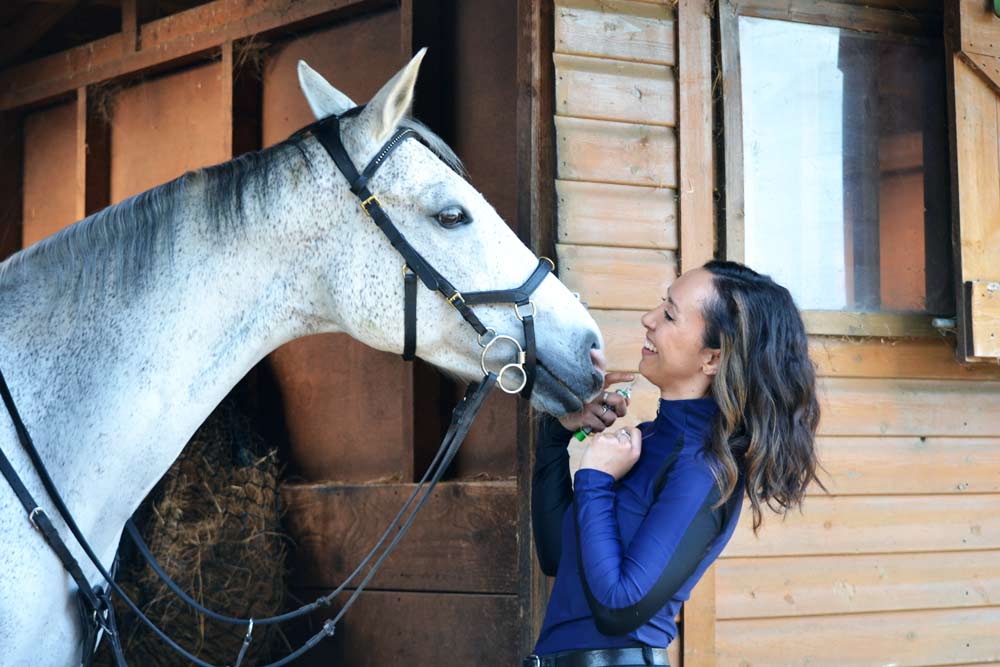
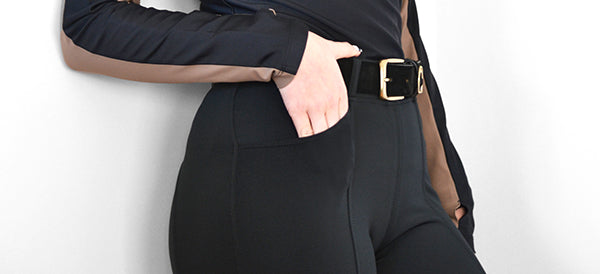
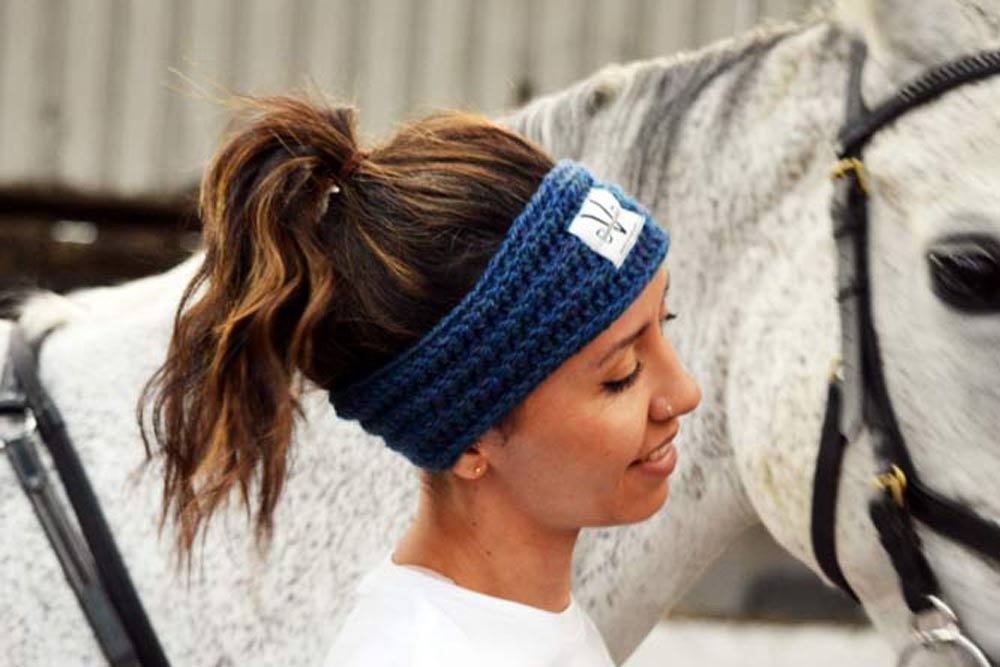
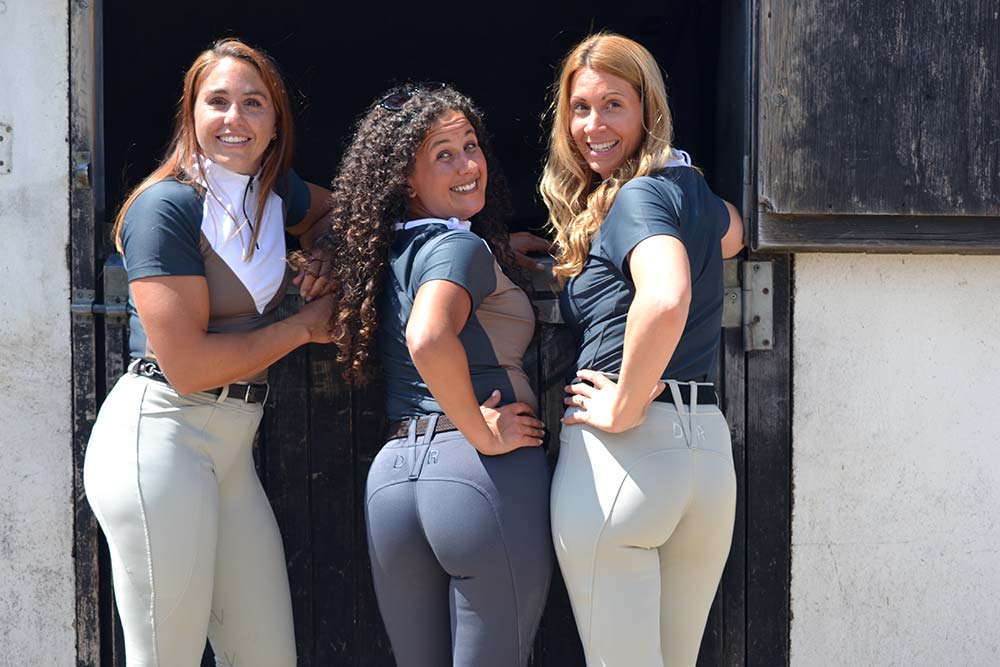

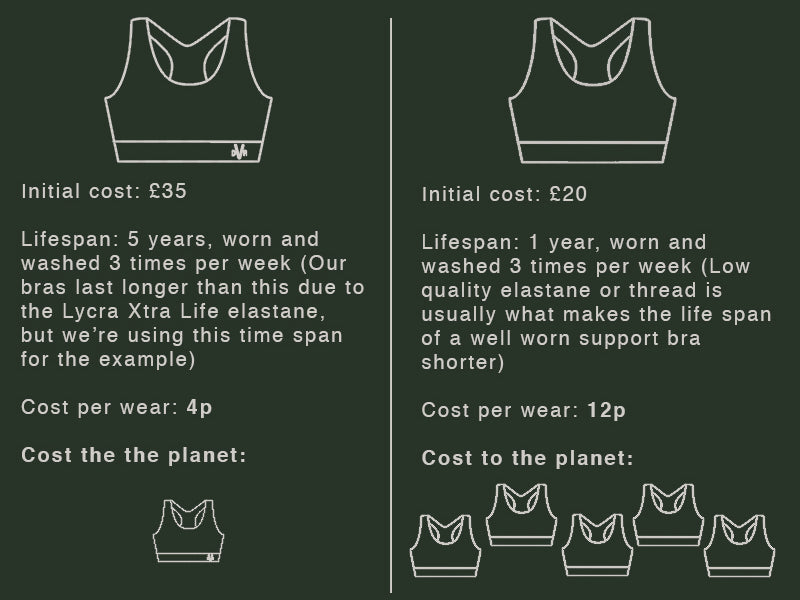
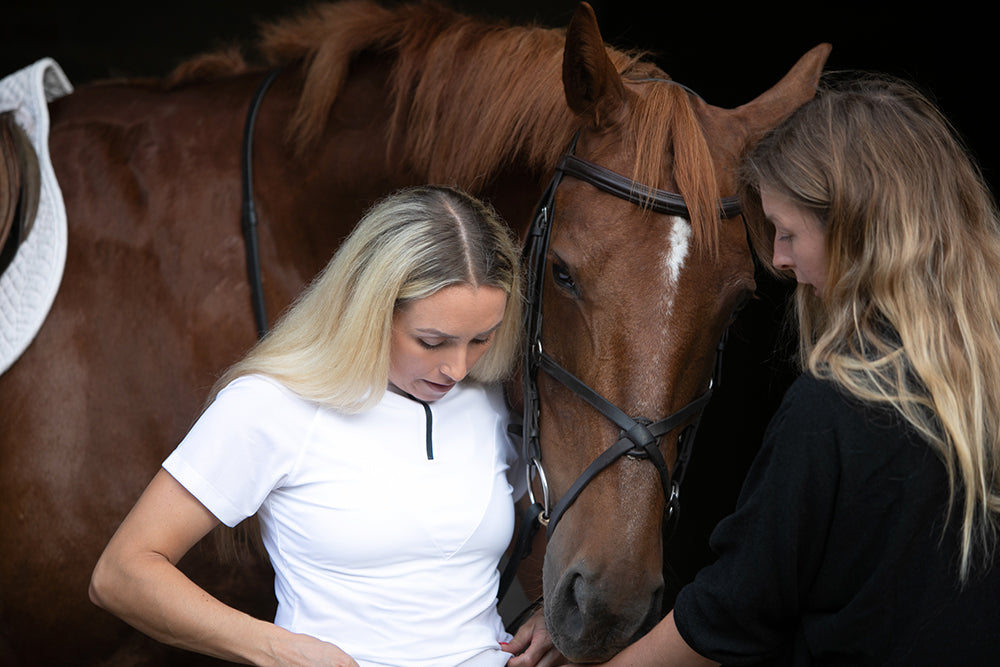
Leave a comment